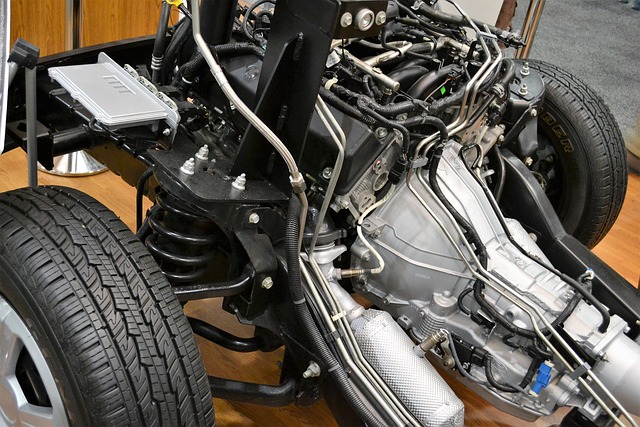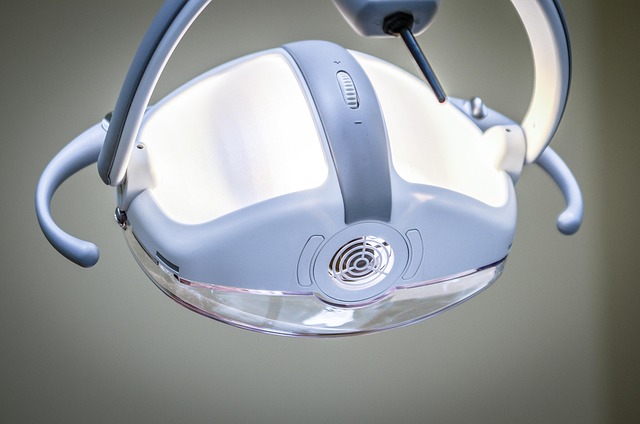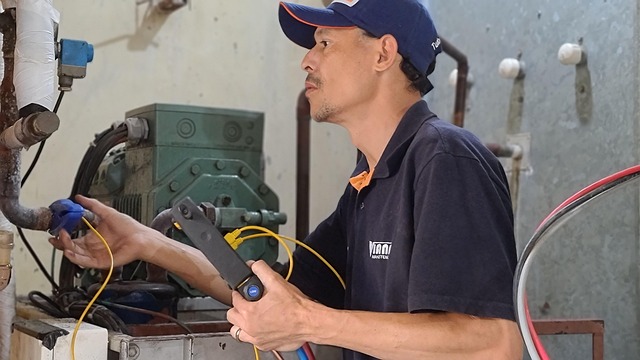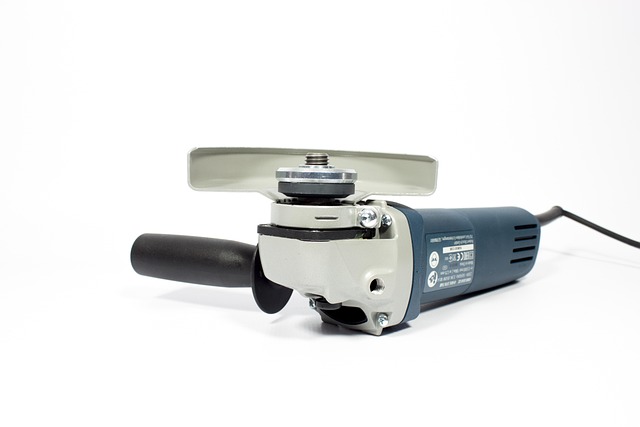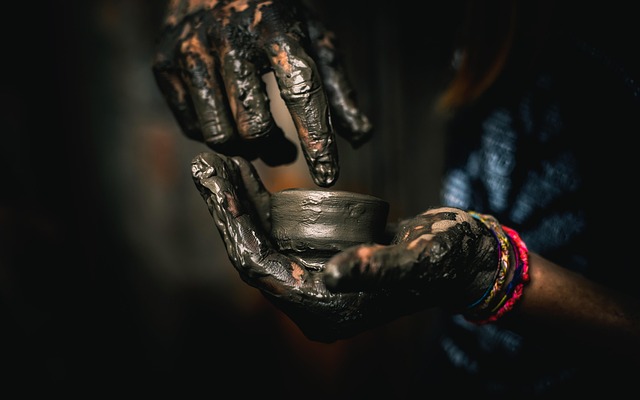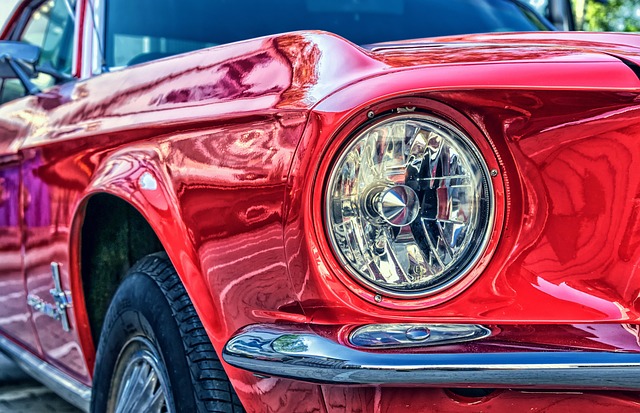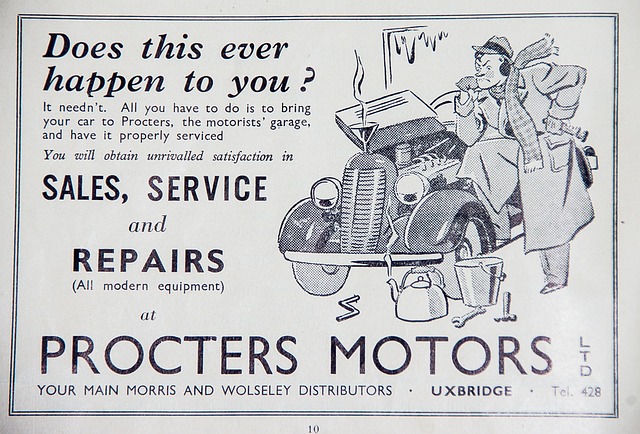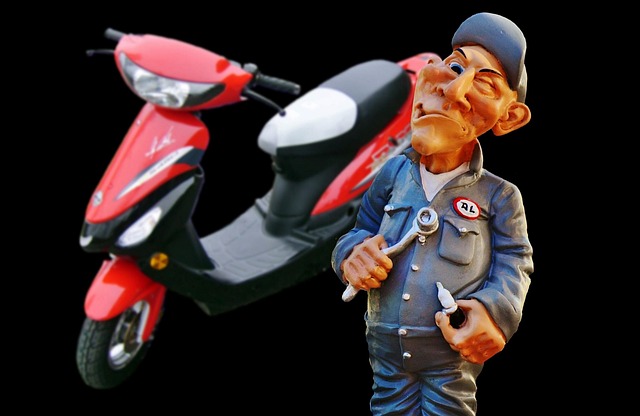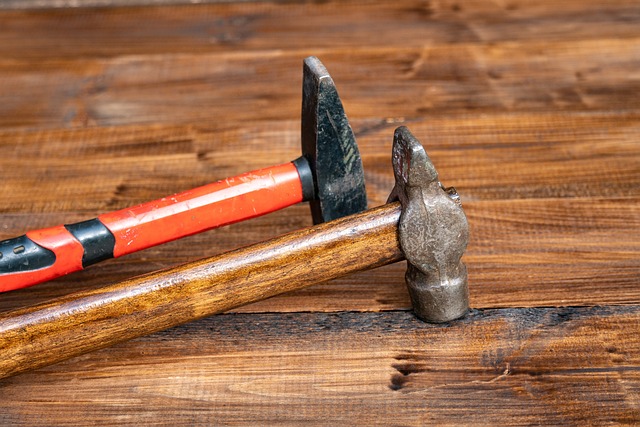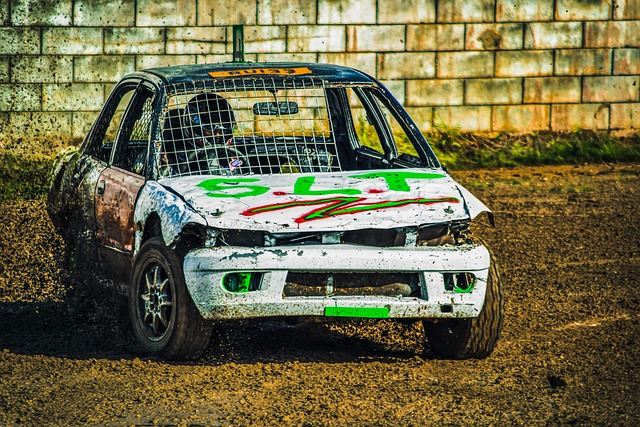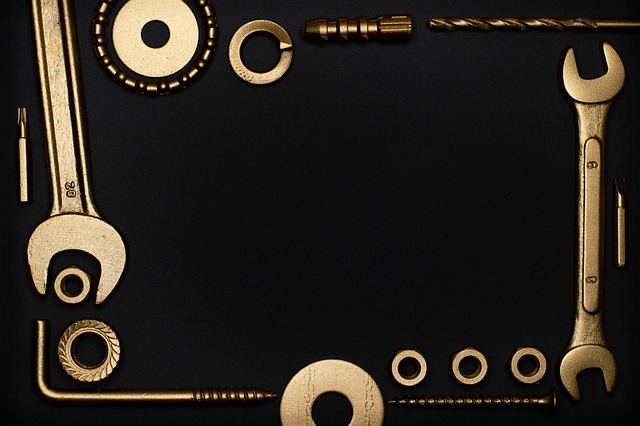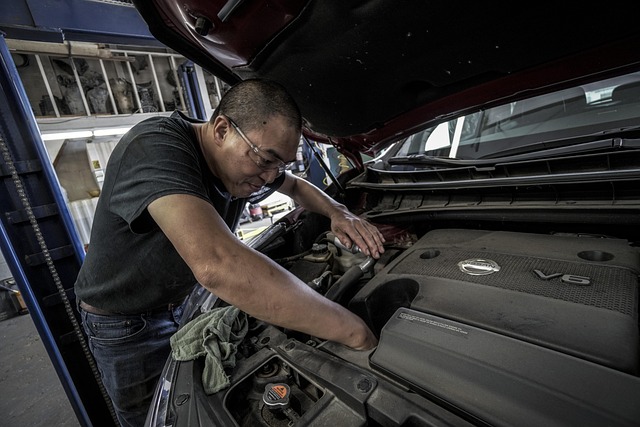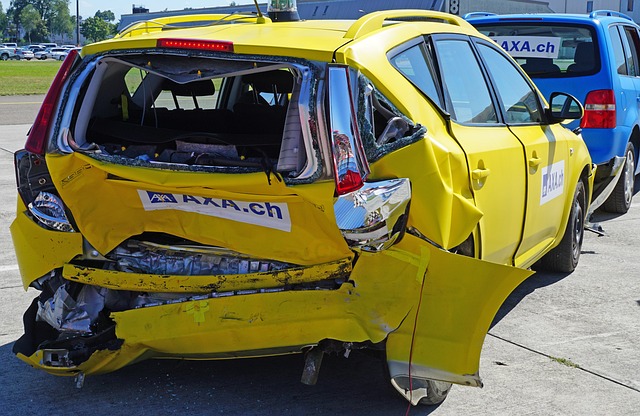Collision repair technicians are essential for restoring vehicle safety and structural integrity after accidents. They assess damage, disassemble components if needed, and precisely mend or replace parts according to original specifications using suitable materials and techniques. The process includes visual assessments, inspections of critical components, advanced diagnostics, and meticulous paint services. Best practices, including comprehensive training, safety meetings, organized workshops, PPE use, and open communication, ensure the safety of both technicians and customers throughout every stage of collision repair, enhancing road safety.
Collision repair technicians play a vital role in ensuring vehicle safety after accidents. Their expertise involves intricate knowledge of automotive structures and repair methods. This article delves into the crucial safety inspections performed by these professionals during collision repair processes. From assessing structural integrity to identifying potential hazards, every step is critical for technician and customer well-being. We explore best practices that emphasize comprehensive training, adherence to protocols, and a commitment to maintaining safe work environments for collision repair technicians.
- Understanding the Role of Collision Repair Technicians
- Key Safety Inspections Conducted During Repair Processes
- Best Practices for Ensuring Technician and Customer Safety
Understanding the Role of Collision Repair Technicians
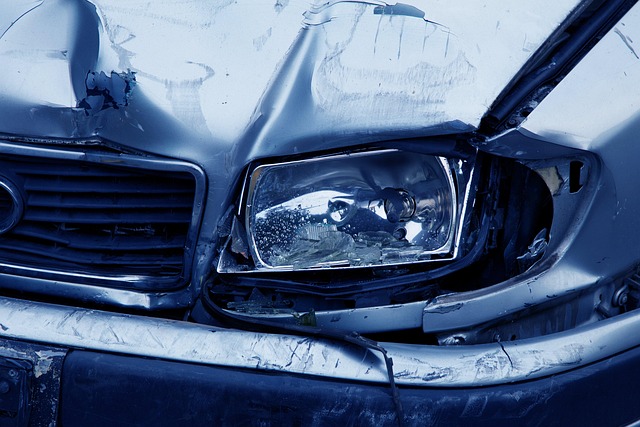
Collision repair technicians play a pivotal role in ensuring the safety and structural integrity of vehicles post-collision or after any other form of damage. These skilled professionals are adept at handling various types of vehicle repairs, from minor dents and scratches to complex frame straightening and auto body reconstruction. Their work involves meticulous attention to detail, as even the smallest misalignment can impact a vehicle’s performance and safety features.
Understanding the intricacies of vehicle design and construction is essential for collision repair technicians. They must be able to assess damage, disassemble components if needed, and then precisely mend or replace parts to match the vehicle’s original specifications. This includes working with various materials such as steel, aluminum, and composite structures, each requiring specific techniques and tools to ensure a seamless vehicle body repair. Their expertise contributes significantly to keeping roads safe for all by getting damaged vehicles back in top condition and back on the road securely.
Key Safety Inspections Conducted During Repair Processes
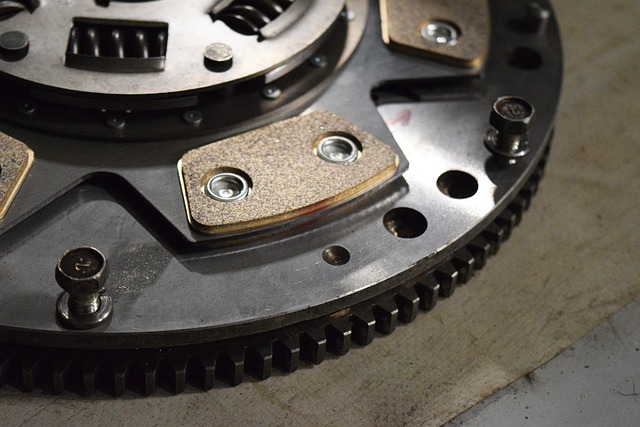
Collision repair technicians perform a comprehensive series of safety inspections to ensure that every vehicle undergoing repairs meets stringent safety standards. These meticulous checks begin with a thorough visual assessment, where technicians scrutinize the damage, identifying potential hazards and determining the scope of work required. They carefully inspect critical components like brakes, suspension systems, lights, and safety belts, ensuring their proper functioning and alignment.
Beyond the initial visual inspection, collision repair technicians employ advanced diagnostic tools to evaluate electronic systems, including airbag mechanisms, anti-lock braking (ABS), and engine management units. These checks are vital in ensuring that the vehicle’s safety features operate optimally post-repair. Additionally, they pay close attention to detail during the car paint services process, making sure that the application of new paint adheres perfectly to the restored surface, enhancing aesthetics and structural integrity—a key aspect of auto maintenance and vehicle restoration.
Best Practices for Ensuring Technician and Customer Safety
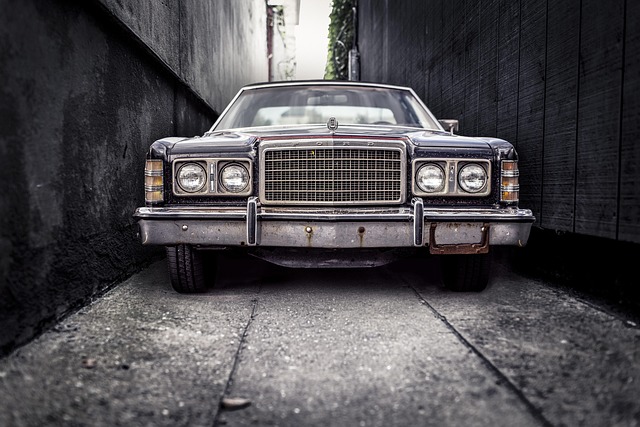
To ensure the safety of both collision repair technicians and customers, best practices should be implemented at every step of the auto collision repair process. First and foremost, thorough training is essential for all staff involved in auto maintenance and repair. Collision repair technicians must stay up-to-date with industry standards and be proficient in using modern equipment to perform paintless dent repair and other intricate tasks safely. Regular safety meetings and refresher courses can help keep everyone alert and informed about potential hazards.
Additionally, a well-maintained workplace is crucial. Proper storage of tools and materials, clear signage for hazardous areas, and adherence to safety protocols during operations like welding or painting are non-negotiable. Using personal protective equipment (PPE), such as gloves, goggles, and hearing protection, should be mandatory. Encouraging open communication between technicians and management ensures quick response to safety concerns, fostering a culture of continuous improvement in auto collision repair services.
Collision repair technicians play a vital role in ensuring vehicle safety through meticulous inspections. By conducting key safety checks during repair processes, they safeguard both their well-being and that of customers. Implementing best practices emphasizes the importance of training, proper tools, and clear communication to prevent accidents and deliver quality repairs, making collision repair technician expertise indispensable in maintaining safe roads.
